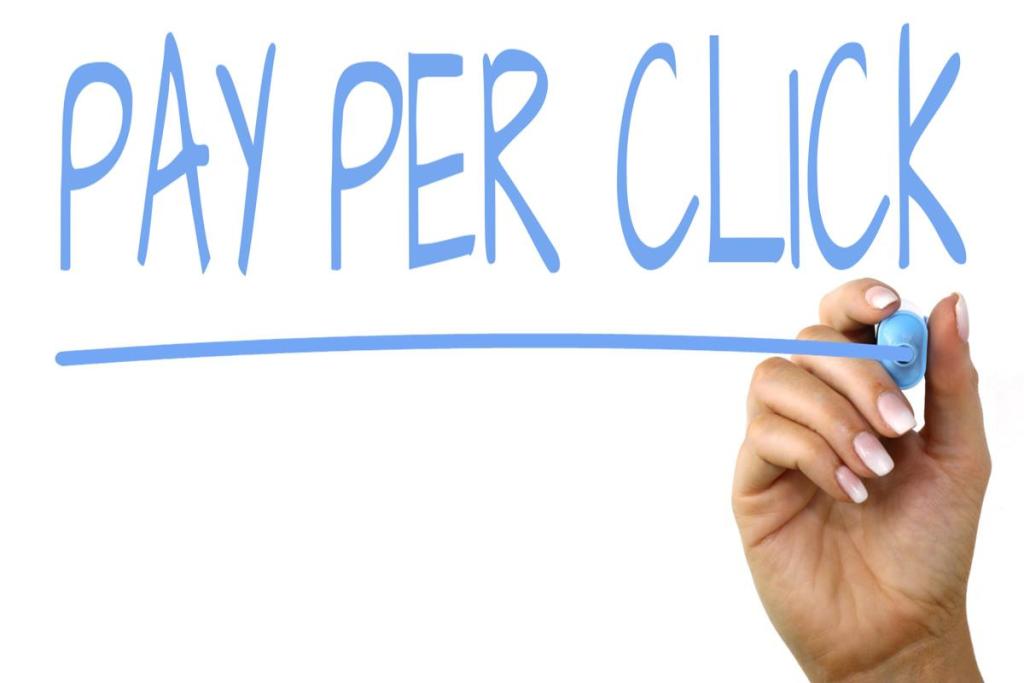Your product and process is perfected and you’re ready to scale your business. One the best and easiest ways to grow and scale any business is with content. These 5 content hacks are very actionable and will add value to your business, so you scale according to your goals.

1. Become a Thought Leader
Your website is the lifeblood of your business. It is one of the first places potential customers visit to find out more about your brand and your products. Where are they going to look for that information on your website? To your blog. A 2016 Demand Gen Report stated that 96% of buyers want content with input from industry thought leaders. If you can position yourself as a thought leader in your industry, you’ll establish credibility and trust to your audience, and make them more willing to buy from you than your competitors.
Becoming a thought leader starts on your blog (but doesn’t end there). By publishing regular, high-quality and high-value content, you’ll create a large database of thought knowledge that your audience will refer to when they need actionable tips, advice, or to find out about industry trends. Even better, they’ll share this knowledge with their peers, increasing your potential lead pool.
Blog publishing should be consistent and happen regularly – as much as 4x a week – and not only will you develop a good base of content, you’ll inevitably increase your traffic, just by publishing. According to research by HubSpot, companies that publish 16 or more blog posts a month get 3.5x more traffic than companies who publish less than four posts a month. Your older posts will still be valuable, even with your steady publishing schedule, and in fact, HubSpot also found that 90% of blog leads come from older posts.
2. Boost your Public Profile
Think about your public profile in terms of P2P and not B2B. Connect with others in your industry and potential customers using sites like LinkedIn.
Content matters at this point too. Your LinkedIn profile is going to sell you to your customers. Not only should you highlight your accomplishments, you should relate them to your brand. There should be absolutely no typos or grammatical errors – your profile should be professional and meaningful. You may have thought that keywords were only important to your web content, but they are just as important to your LinkedIn profile. If you aren’t a great writer and aren’t sure how to optimize your profile, hiring someone who is an expert LinkedIn profile writer will be beneficial.
Once your profile is in shape, join groups where you can share your curated content and create interest in what you do. Comment, like, and share other brand’s content as well and they will reciprocate, creating a genuine circle of appreciation and collaboration that will only see your brand get more exposure.
3. Push onto Social Media
If you aren’t yet on social media, or really don’t have a clue what you are doing, crawl out from under your rock and get going. Statista reports that about 83% of B2B marketers in North America use social media as one of their most important marketing strategies. This is because more than half of all American consumers engage with brands on social media more than once daily.
While publishing systematic content on your blog will gain you organic search traffic, that alone won’t help you scale your business. In order for your content to shine like it should, it needs to be shared and easily found. By boosting your brand’s public profile on social media, as well as your own, you’ll get more visitors to your site to read your content, leading to more leads and sales.
When it comes to social media marketing, there is a bit of know-how needed to optimize your strategy. Many marketers believe that posting more and often (similar to what you would do with your blog) is the best way to get views, shares and conversions. This simply isn’t so. Each platform has different rules and sometimes less equals more. Confused? Neil Patel believes that how often you post on Facebook all depends on how large of a following you have. Twice a day applies to profiles with over 10K in followers and only 1-5 times a month for profiles with fewer followers. Twitter on the other hand, is best optimized at 1-5 posts a day for the best engagement. Overall, the best way to get the most out of your social media strategy is by posting relevant content that is consistent and isn’t always promotional. Give your readers something to share, content to look forward to, and a reason to not unfollow you.
4. Develop Lead Magnets
Scaling your business doesn’t always have to mean getting new customers. It could also mean upselling to the customers you have. Your email marketing strategy is one of the best ways to get the attention of your current and past customers. Depending on your industry and your product, you should be sending out blasts regularly to your email subscriber list. What makes an email subscriber want to open your email? Value – and that starts in the subject line. Your emails shouldn’t just comprise promotional content, even though consumers are more likely to open their emails when you are offering a discount. What also matters is a personalized subject line and relevant content. The biggest reason that emails don’t get opened is that they aren’t relevant to their audience.Knowing your audience and what they want is the simplest way to create email content that is relevant, gets opened, and gets your brand the sales its striving for.
If you don’t have a large email subscriber list, there’s a way around that. You can start by asking people to join your list, but unless they have a reason to do so (aka getting something in return), they probably won’t just hand over their email address. Enter in lead magnets. These simple long-form content documents are one way to ensure your audience subscribes to what you are selling. Lead magnets are full of value for your target customer, by providing them with actionable tips by experts in the industry that they can’t get elsewhere. These can include guides, e-books, cheat sheets, resource lists, training, free trials or software downloads, or a survey.
5. Get Guest Posting
Guest posting is a content hack that many brands aren’t taking advantage of, which gives you an advantage over your competition. The premise is simple: you (or your ghostwriter) will espouse all of your thought knowledge into a relevant article for a publication with a readership that includes your target audience. Your target audience will read your guest post, click back to your brand’s website, and find out about your products. Because your article provides valuable information to that audience, you’ll have already built trust in the eyes of these potential customers. When writing a guest post, you aren’t being promotional, only informational and just that fact alone boosts your credibility factor. There are numerous publications that accept guest posts and will allow you to promote your business in the form of a bio or even a link within the post.
Growth hacking isn’t just a buzzword in 2024. By growth hacking your content, you’ll be in a better position to scale your business and move forward with your goals.
Eva Webster is the Managing Director at Article-Writing.co. After many years of making it and breaking it in the freelance world, she now mentors new writers who want to take their careers to the next level.
